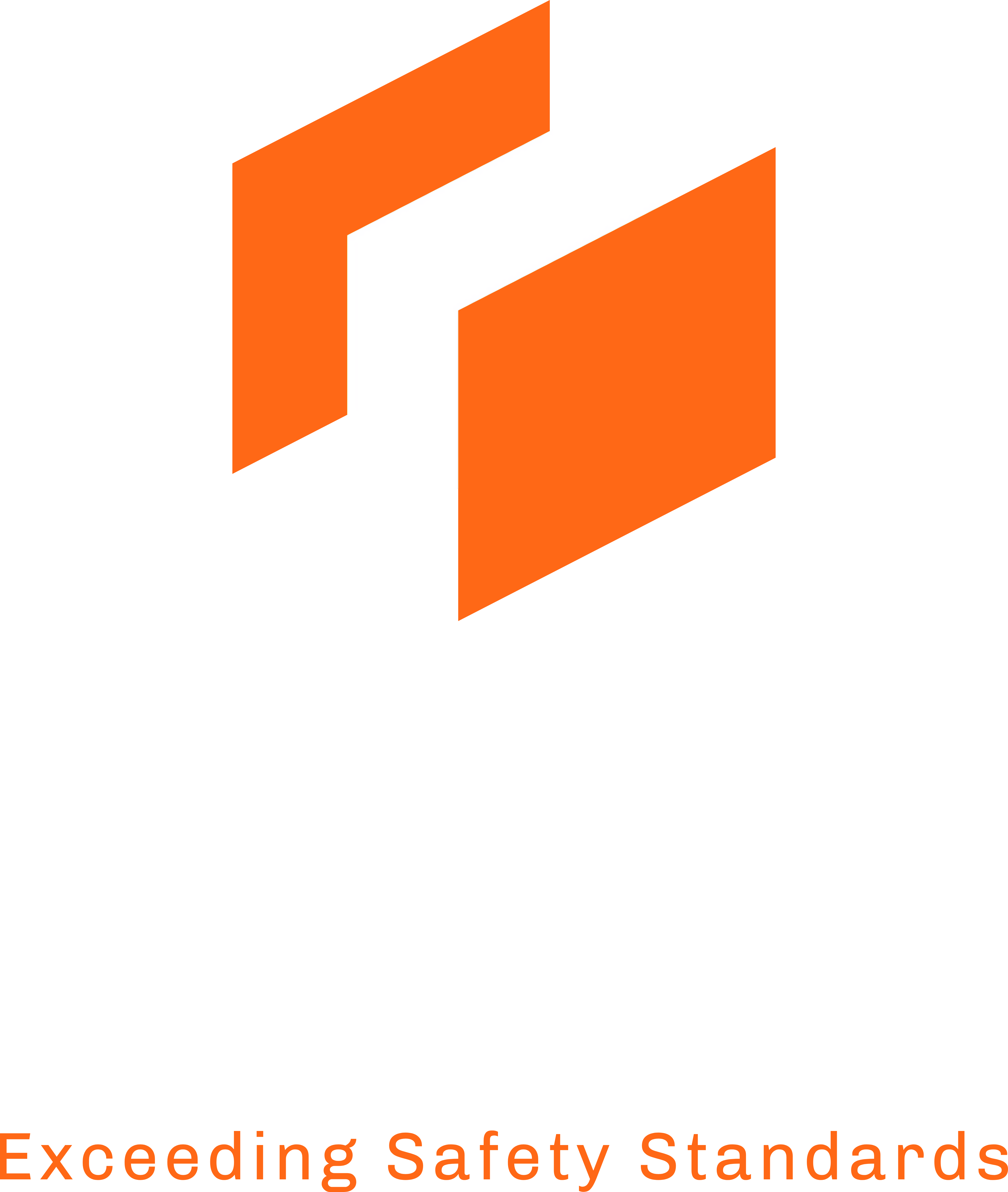Why is Compliance Important in Health and Safety?
- Lorna McBreen
- 2 minutes ago
- 2 min read

Health and safety practitioners play a crucial role in ensuring that organisations adhere to their legal obligations regarding health and safety. Compliance with these regulations is not just a matter of following rules; it encompasses broader responsibilities that safeguard both individuals and organizational integrity.
Understanding Compliance
According to HSG65 Managing for Health and Safety, health and safety inspectors aim to secure compliance with the law. The term "statutory compliance" is commonly used to describe an organisation's legal duties, particularly concerning property-related health and safety issues.
Defining Compliance
Compliance, as defined by BS ISO 19600:2014 Compliance Management Systems, involves meeting both mandatory requirements and voluntary commitments. This includes legal regulations, licenses, protocols, as well as internal policies and industry standards.
Compliance Challenges
Ensuring compliance can be complex, especially when regulations are goal-setting rather than prescriptive. Modern regulatory frameworks emphasize outcome-based approaches, giving organizations flexibility in choosing how to meet objectives while maintaining safety standards.
Risk of Non-Compliance
The consequences of non-compliance can be severe, ranging from legal penalties and reputational damage to economic impacts and harm to individuals. Assessing and managing these risks is essential for mitigating potential liabilities.
How to Ensure Compliance
Health and safety practitioners employ systematic approaches such as compliance management frameworks (e.g., BS ISO 19600 and ISO 45001) to identify, monitor, and update compliance obligations. This includes staying abreast of new regulations and adapting organisational practices accordingly.
Compliance Register
Maintaining a comprehensive compliance register helps organisations track and manage various obligations across health and safety, environmental, security, and other domains. This tool ensures accountability and clarity regarding who is responsible for meeting compliance requirements and how they are addressed.
Conclusion
In summary, compliance in health and safety goes beyond mere legal adherence; it involves proactive risk management and strategic alignment with organisational goals. By integrating robust compliance practices, organisations not only meet regulatory expectations but also foster safer, more resilient operational environments.
